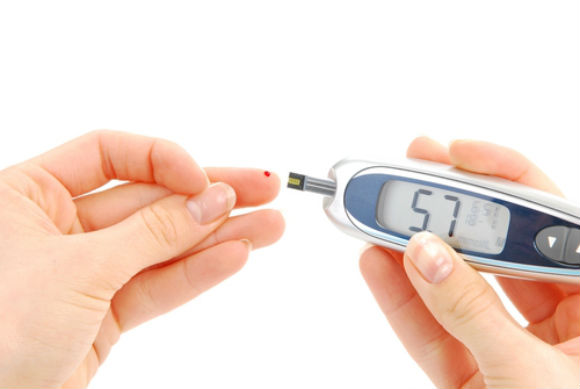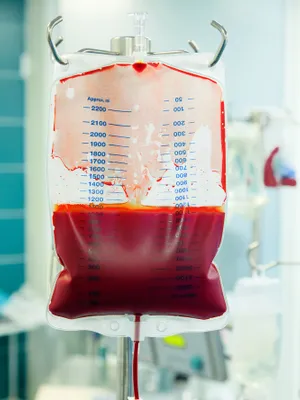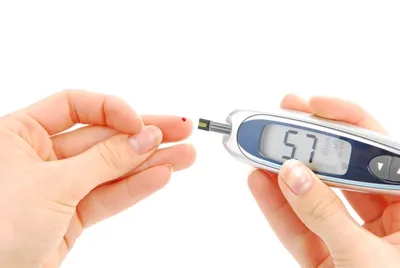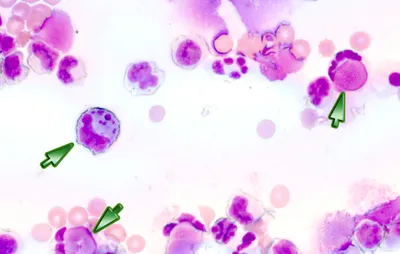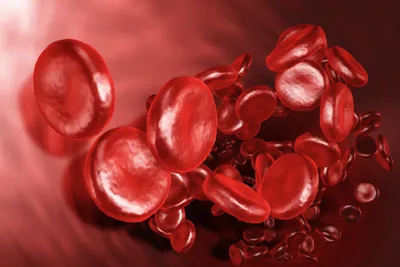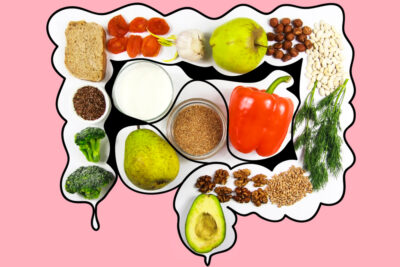I tend to live by the adage “cold feet, warm heart,” but I didn’t realize that lingering cold toes can be a sign of something more sinister than the frigid winter temperatures—such as anemia or diabetes.
If you have constantly cold tootsies, here are ten culprits for icy feet…
1. Anemia
Anemia occurs in those who lack enough healthy red blood cells to carry adequate oxygen to the tissues, particularly the extremities like the feet and hands. In addition to sapping your energy levels, anemia can result in lack of blood circulation.
2. Diabetes
Poor circulation is also common in diabetes patients who also heal slowly due to lack of blood flow.
3. Frostbite
Frostbite occurs underneath the skin, where the tissues actually freeze numb, and become hard and pale—particularly in winter exposed areas such as the fingers, toes, and ears.
4. Lupus
Lupus can actually result in the contraction of the small blood vessels, preventing blood flow to the skin in hands and feet.
5. Menstruation
The female hormone oestrogen, which regulates the peripheral blood vessels and increases during menstruation, will often make us more sensitive to cold temperatures.
6. Raynaud’s Syndrome
A type of vasospastic disorder that affects more than 10-percent of women in the UK, Raynaud’s patients often complain of cold, sensitive extremities.
7. Smoking
I bet you weren’t aware that nicotine can lead to poor circulation—due to adrenaline in the body preventing blood flow to the muscles.
8. Blood Clots
Sometimes cold hands and feet can signal a blood clot or interrupted blood flow via the veins or arteries—especially if fatty deposits build up and create a blockage, resulting in peripheral arterial disease.
9. Sedentary Lifestyle
Poor blood circulation, due to lack of activity will typically result in cold hands and feet. However, a bit of light exercise will restores blood flow and heat to the muscles and skin fairly quickly.
10. Prescription Medication
Cold feet can be a common side-effect of certain prescription medications—such as beta blockers for migraines or medications that affect hormone levels.
Looking for other articles for healthy living? Check these out:
10 Best Foods for a Radiant Glow!
